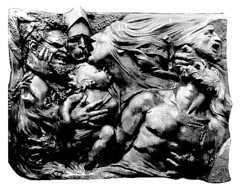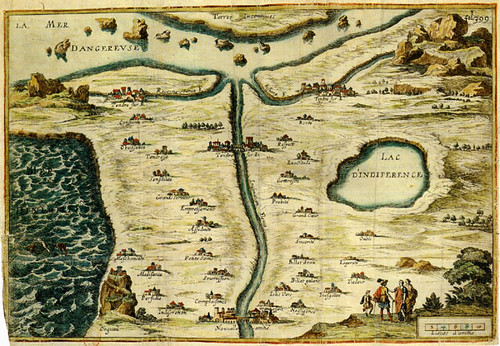Princess X, used here on the cover of Peter Webb’s The Erotic Arts (1975).
Constantin Brâncuşi‘s Princess X (1916) [1] is a representation of a phallus, although the artist – similar to a ploy used by Magritte in The Treachery Of Images when he said: “Ceci n’est pas une pipe” – himself always contended that it depicted the “eternal feminine”. Brancusi’s contribution to the Paris Salon des Indépendants of 1920, it provoked a quite a furor and had to be withdrawn following the intervention of the police.
Please excuse the uneroticism of this work, it seems the realm of “erotic art” is littered with unerotics. To make it up to you, let me give you some new Yoshifumi Hayashi from the excellent blog Banana Hole (this NSFW post is ambiguously amusing/disturbing), and a previously published one of the same artist by the ever reliable @mateurdart.
Lastly, some eye candy by Hajime Sawatari here from this series by this blog.
Previous entries in Icons of Erotic Art here, and in a Wiki format here.





